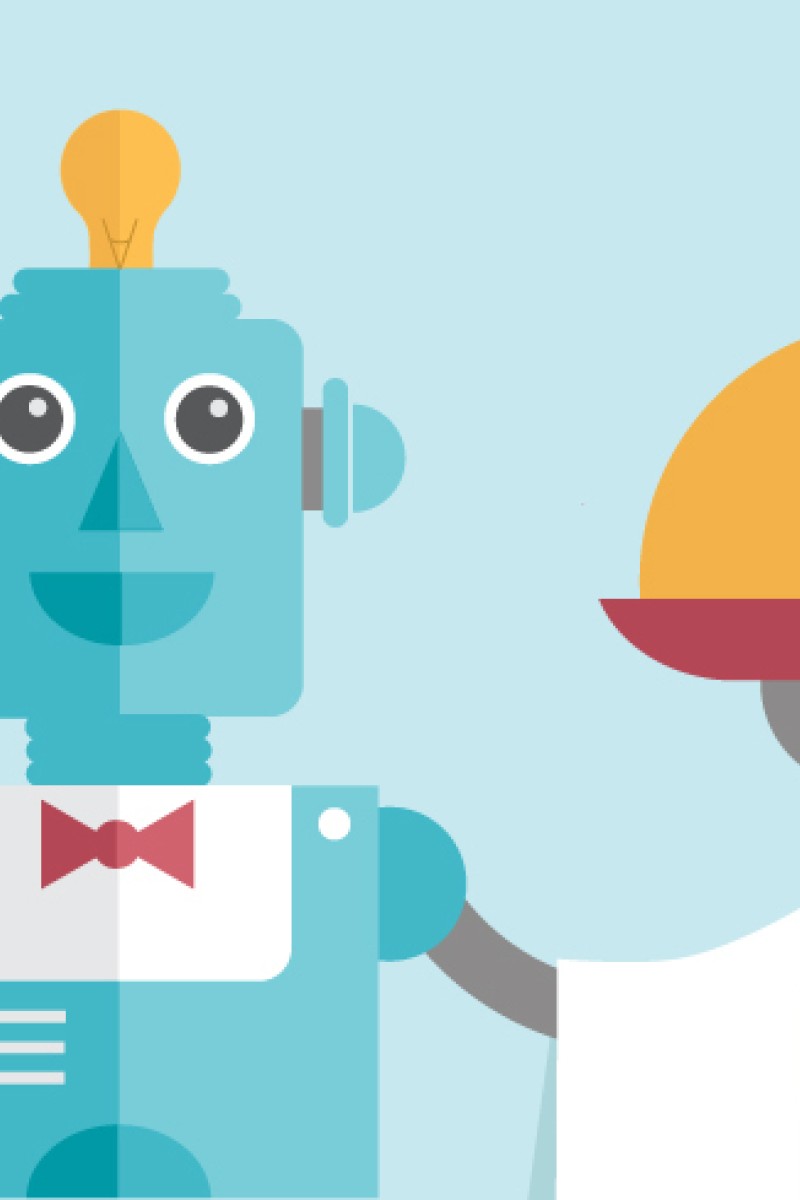
How will restaurants look in the future?
Instead of waiters and cashiers, restaurants around the world could soon be using robots and drones to serve customers

When we have a meal in a restaurant in Hong Kong, we usually go through the following procedure. A waiter comes to your table and takes your order. After finishing your meal, you either go to the cashier to pay, or ask the waiter to give you the bill.
Sometimes a customer may be annoyed when a waiter takes a long time to attend to them. So how do you solve this problem?
A restaurant named Eatsa, in San Francisco, in the US, uses iPads and self-service cubicles instead of waiters and cashiers. Customers order their food on an iPad and pay by credit card. Then they collect their food from a cubicle with a window that lights up with their names.
Will most of our restaurants turn into gigantic vending machines in the future?
Another possibility is that waiters
and cashiers will be replaced by robots and drones. Infinium Robotics, a company in Singapore, has developed drones that bring diners their food. They can carry up to 2kg of food and drinks at a time. In addition, a number of restaurants are already using robots to serve customers. The robot Pepper could soon be taking orders in Pizza Huts across Asia.
At the Rong Heng Seafood Restaurant in Singapore, the food is placed on the robots’ trays, and then the robots are sent straight to the customers’ tables at the press of a button.
Automation can also help reduce costs. Robots can work around the clock, and they don’t become tired, angry or upset. Also, they won’t ask for welfare payments or bonuses. So they are efficient and cheap, which might appeal to some restaurant managers.